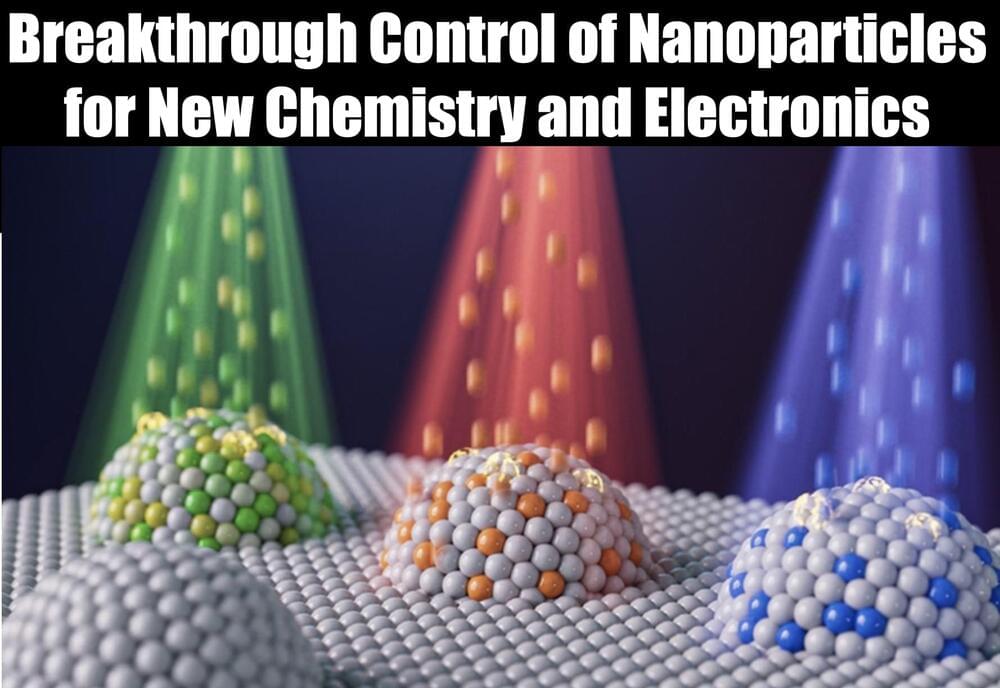Nanoparticles seem the future of electronics, at least until the next big thing.
Nano-engineered oxides are very important for the development of next-generation catalysts and microelectronics. Recently, metal exsolution from oxides has emerged as a promising nano-structuring tool to fabricate nanoparticle-decorated oxides. However, controlling the size, density, composition, and location of exsolved nanoparticles remains a challenge, limiting the ultimate performance achievable by these nanostructures.
The following nanoparticle production control was achieved: 1. ion sputtering can controllably reduce the size of surface exsolved nanoparticles down to 2 nm, which are among the smallest values reported in the literature thus far. 2. implanted metal ions can tailor the composition of nanoparticles exsolved both at the surface and in the bulk, providing a convenient and direct way to synthesize exsolved nanoparticles with alloyed compositions. 3. irradiation-induced lattice defects can catalyze the nucleation of nanoparticles, and this enables controlling the density and location of exsolved nanoparticles at specific sample locations using ion irradiation.
MIT Researchers worked with the Brookhaven National Lab to perform this work. The work demonstrates control over key properties leading to better performance. Fuel and electrolysis cells both involve electrochemical reactions through three principal parts: two electrodes (a cathode and anode) separated by an electrolyte. The difference between the two cells is that the reactions involved run in reverse. The electrodes are coated with catalysts, or materials that make the reactions involved go faster. But a critical catalyst made of metal-oxide materials has been limited by challenges including low durability. This works has improved the critical fuel cell catalyst. Metallic nanoparticles serve as catalysts in many, many reactions, including the important reaction of splitting water to generate hydrogen for energy storage.









Comments are closed.